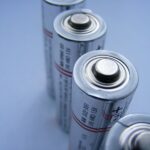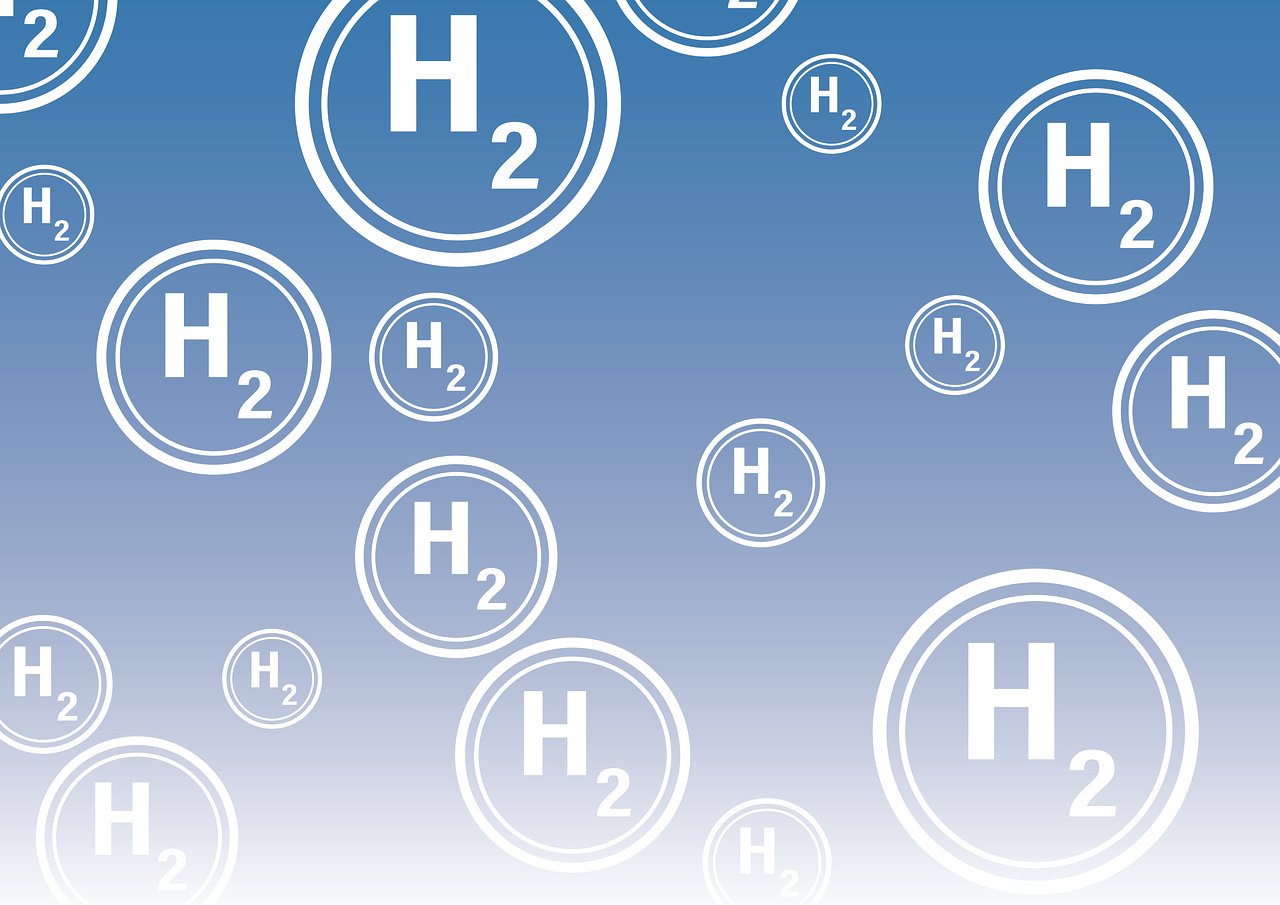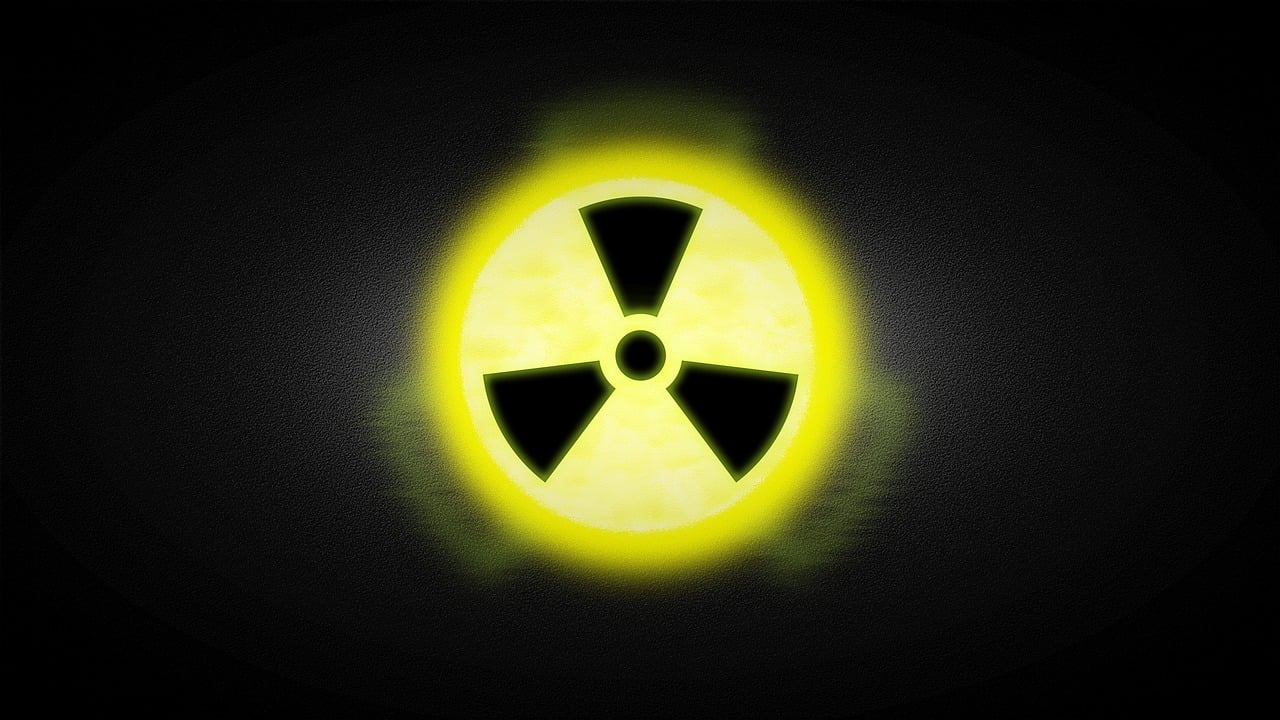As the world increasingly focuses on combating climate change, hydrogen has emerged as a promising alternative energy source. However, the environmental benefits of hydrogen depend significantly on how it is produced. This brings us to the concept of “low hydrocarbon hydrogen,” a term that signifies hydrogen produced with minimal reliance on hydrocarbon sources and low carbon emissions. This article explores the methods of producing low hydrocarbon hydrogen and their implications for a cleaner energy future.
What is Low Hydrocarbon Hydrogen?
Low hydrocarbon hydrogen refers to hydrogen that is generated with minimal or no carbon emissions. The aim is to produce hydrogen in a way that reduces the reliance on fossil fuels and diminishes the overall carbon footprint of the production process. This hydrogen is crucial for advancing sustainable energy systems and reducing greenhouse gas emissions.
Methods of Producing Low Hydrocarbon Hydrogen
Electrolysis of Water
Electrolysis is a method that uses electricity to split water (H₂O) into hydrogen (H₂) and oxygen (O₂). The process itself does not produce carbon emissions. The environmental impact of electrolysis depends on the source of the electricity used. When electricity is derived from renewable energy sources such as wind, solar, or hydroelectric power, the hydrogen produced is often referred to as “green hydrogen.” This method is considered one of the cleanest ways to produce hydrogen, with a minimal carbon footprint.
Steam Reforming with Carbon Capture
Steam reforming is a traditional method of hydrogen production that involves reacting natural gas (methane) with steam to produce hydrogen and carbon dioxide. While this method is effective, it also results in significant carbon emissions. To address this, steam reforming can be combined with carbon capture and storage (CCS) technologies. CCS captures the carbon dioxide produced during the reforming process and stores it underground or uses it in other applications, reducing the net carbon emissions. This approach leads to what is known as “blue hydrogen,” which still involves hydrocarbons but with a significantly lower carbon impact.
Biomass Gasification
Biomass gasification is another method for producing hydrogen, where organic materials such as agricultural residues or wood chips are converted into hydrogen gas through a high-temperature process. When managed sustainably and with efficient emissions controls, biomass gasification can be a low-carbon method for producing hydrogen. The environmental benefits depend on the sustainability of the biomass source and the effectiveness of the technology in minimizing emissions.
The Significance of Low Hydrocarbon Hydrogen
The shift towards low hydrocarbon hydrogen is essential for reducing the environmental impact of hydrogen production. Traditional methods, particularly those reliant on fossil fuels, contribute to greenhouse gas emissions and climate change. By adopting cleaner production techniques, we can leverage hydrogen’s potential as a clean energy carrier while minimizing its ecological footprint.
Low hydrocarbon hydrogen not only supports efforts to reduce carbon emissions but also enhances energy security and promotes the use of renewable resources. As technological advancements continue and renewable energy becomes more prevalent, the production of low hydrocarbon hydrogen is expected to become increasingly efficient and cost-effective.
Conclusion
Low hydrocarbon hydrogen represents a crucial step towards a more sustainable energy future. By employing methods such as electrolysis with renewable energy, steam reforming with carbon capture, and biomass gasification, we can produce hydrogen in a manner that minimizes reliance on hydrocarbons and reduces carbon emissions. Embracing these approaches will help accelerate the transition to cleaner energy systems and contribute to global efforts to combat climate change.















